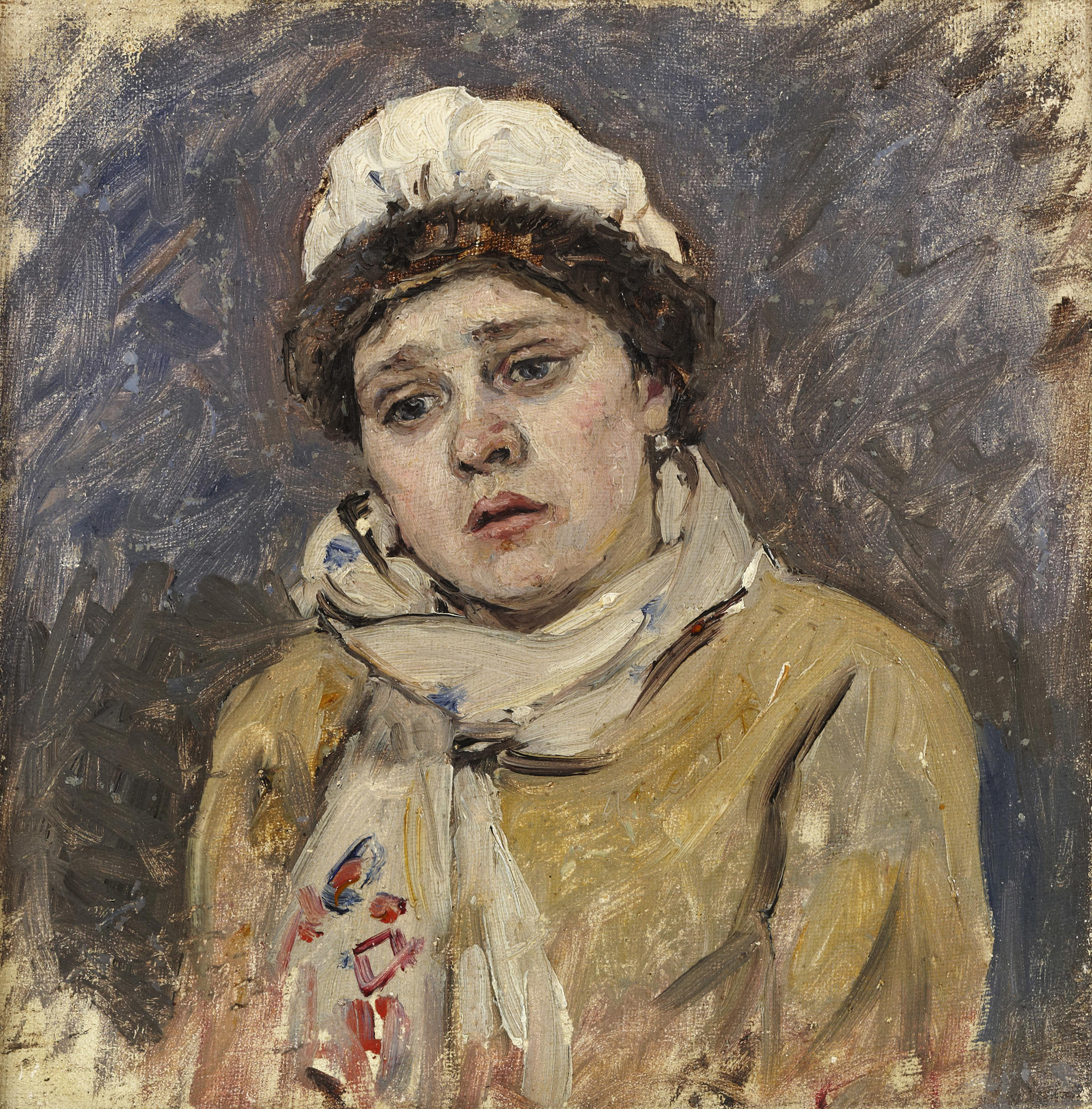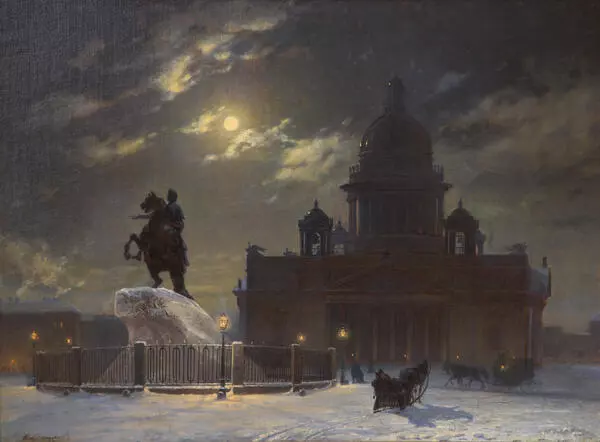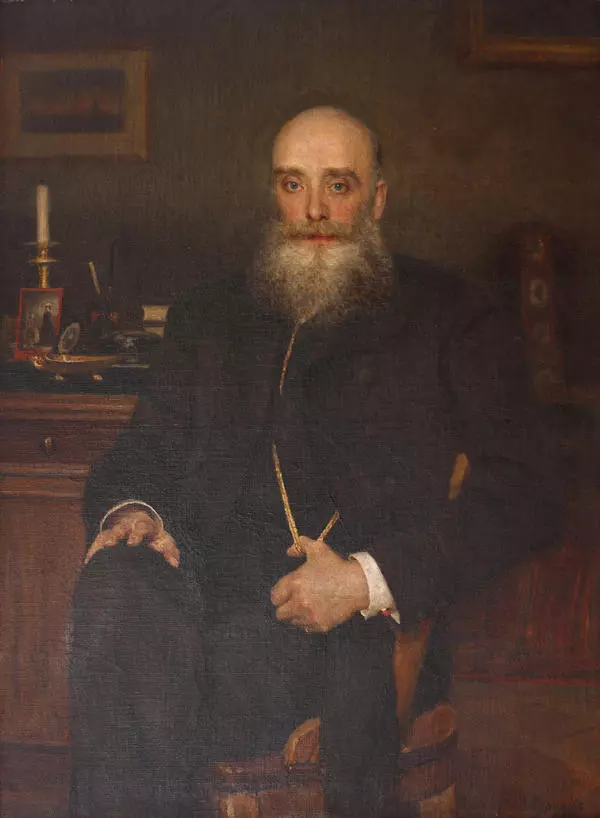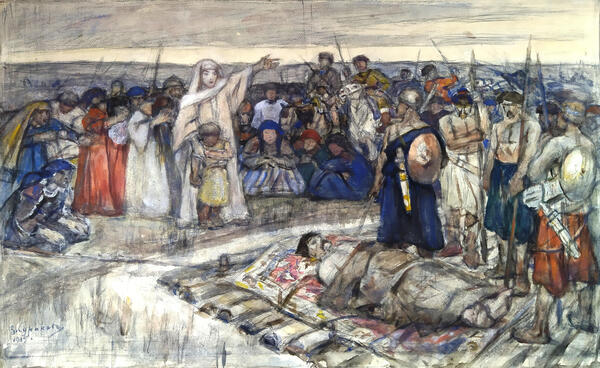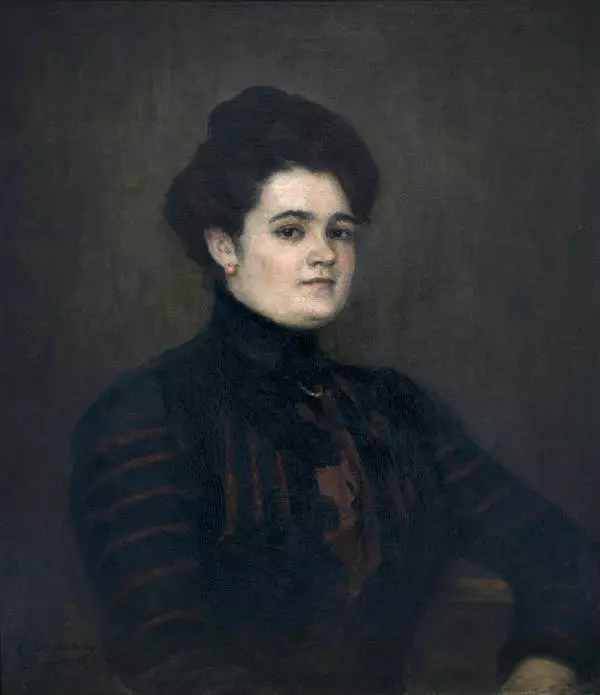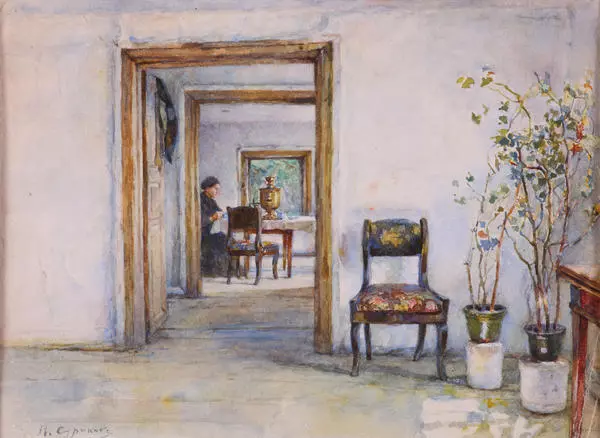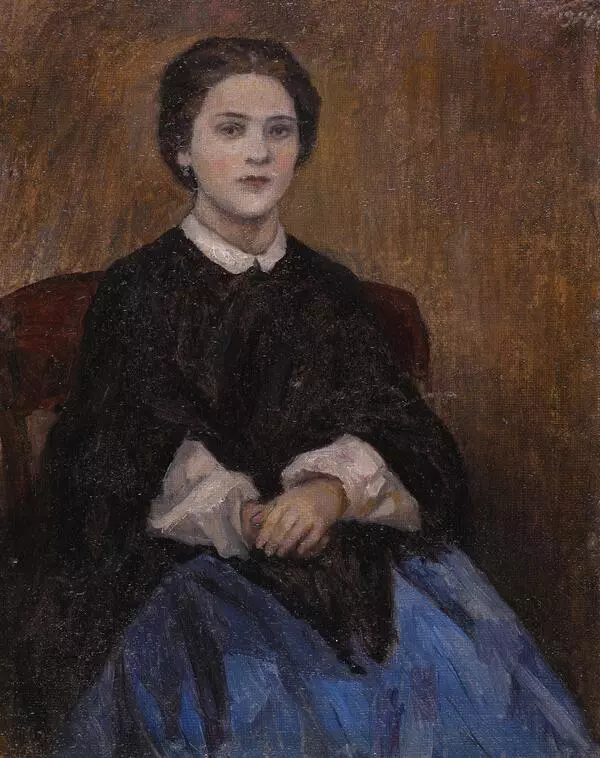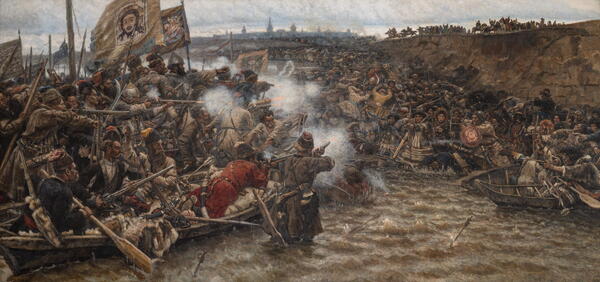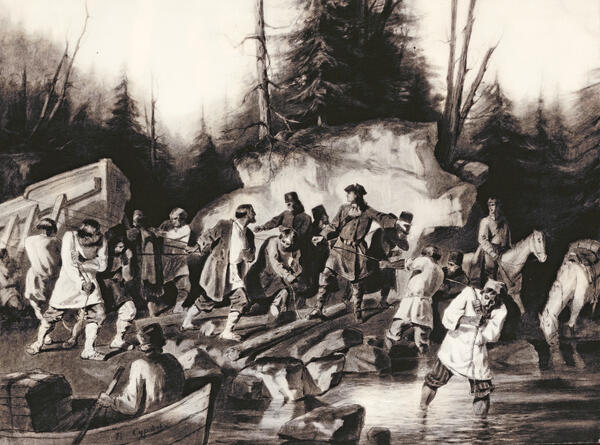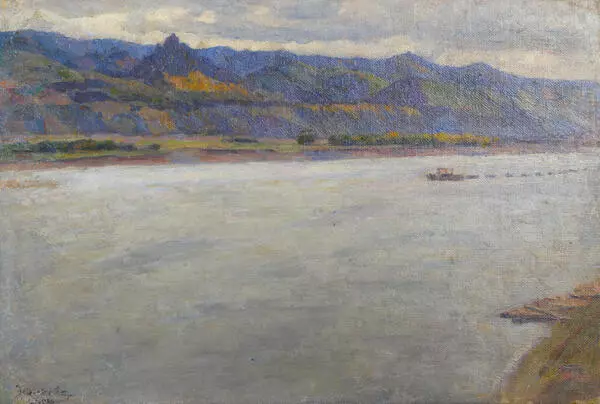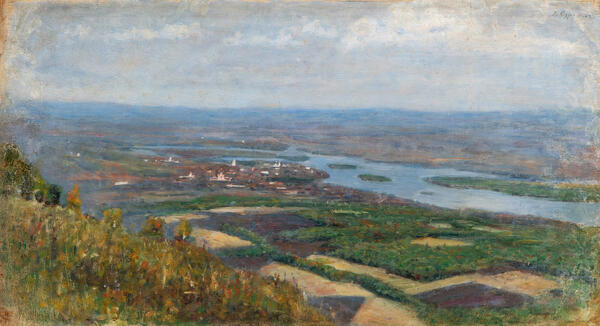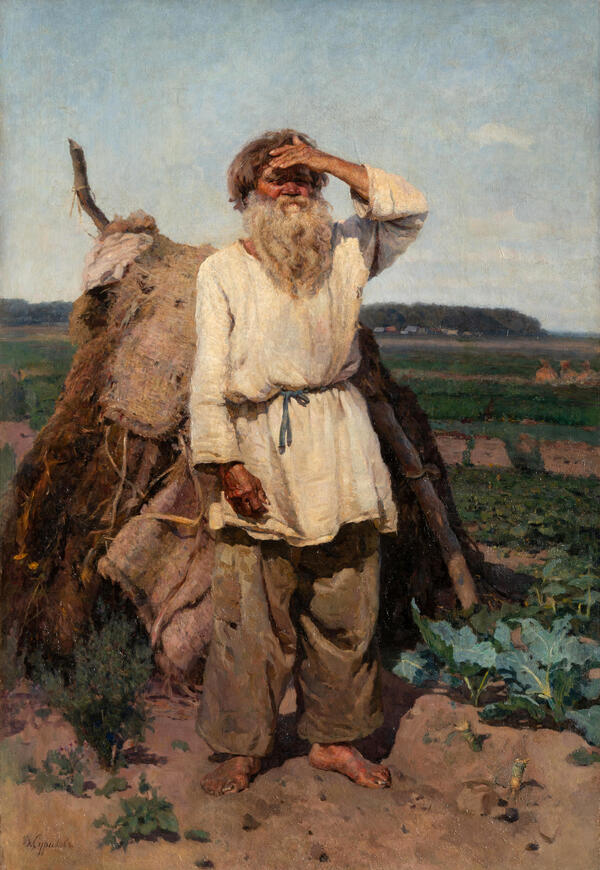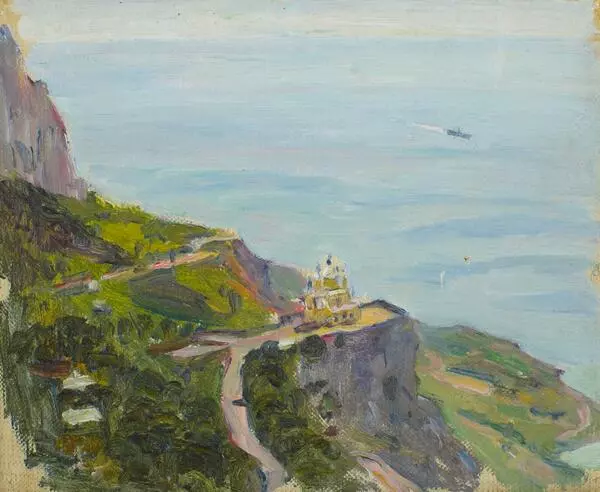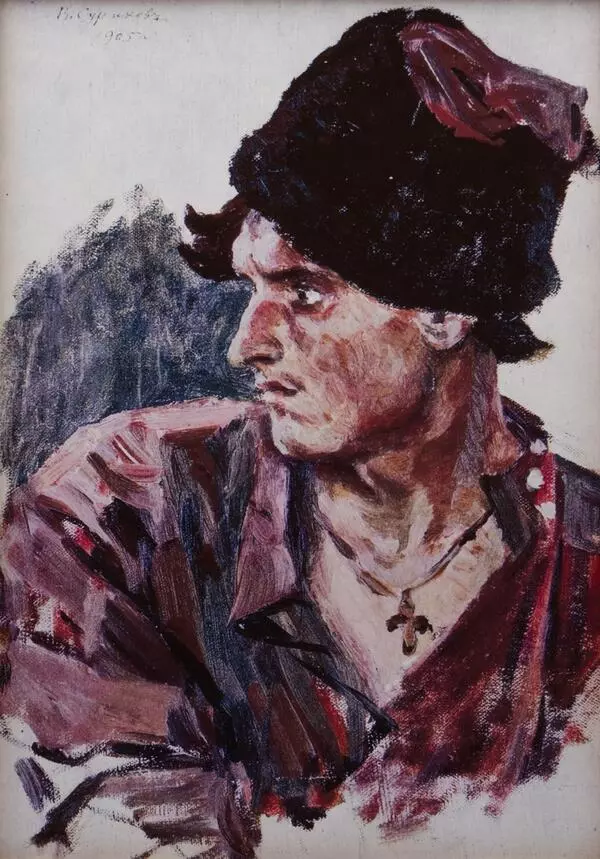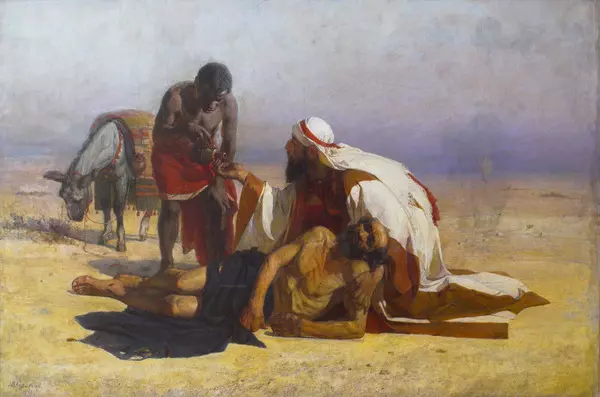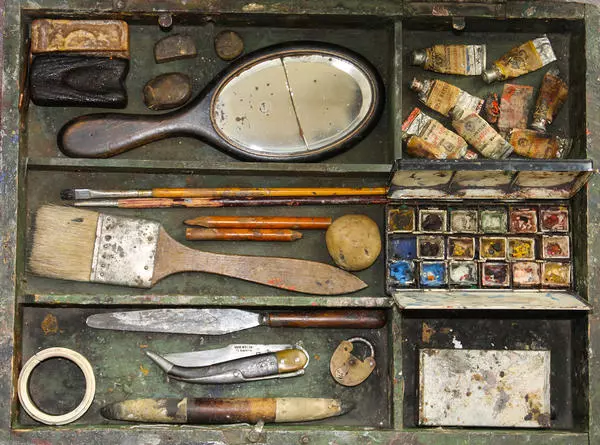‘Surikov is not only a great realist, but essentially a poet, and perhaps without realizing it, this artist has a huge mystical talent.’ By mystical talent, Alexander Benois, who owns these lines, meant the ability of the master with extraordinary artistic persuasiveness and authenticity to embody images of the past on canvas.
The painting ‘The Morning of the Shooting Execution’, written in 1881, became Surikov’s first large work on Russian history, dedicated to the dramatic events of the 17th and 18th centuries. On the canvas, it is early morning on the eve of the execution of the rebels, who angered Peter I. Surikov intentionally did not portray the dead. As he himself explained, he wanted to show the solemnity of the last minutes, and not the reprisals against the rebels. The composition appeared as if from the depths of its historical memory, childhood images spent in the preserved patriarchal structure of Siberia, where everything was “breathing with antiquity.” While working on the picture, the artist clearly and vividly “saw” all his characters, finding their prototypes in reality — in the faces of relatives and friends, met by chance or long wanted Moscow residents.
Surikov painted a small sketch “The Wife of a Black-bearded Shooter” in a fluent, expressive brushstroke. The author hurries to sketch out common color spots in order to focus all his attention on the face of the model, and here he shows the magnificent skill of the painter, subtle psychologist and a true realist, able to penetrate the very essence of things and phenomena and find expression in perfect artistic form. In the image of a young woman, the subtle nuances of her mental state are conveyed — pain and despair, doom and humility to fate. Surikov uses this particular sketch in the finished composition “The Morning of the Shooting Execution”, changing only the color of the hat and clothes, sharpening the expression of suffering and torment on the face of the wife of the black-bearded strelets, necessary for the artist to enhance the drama of the last minutes before the execution.
It is known that the model for the study was Elena Kornilievna Deryagina, born Bodarevskaya, the sister of the artist N.K. Bodarevsky, with whom V.I. Surikov studied at the Imperial Academy of Arts. In the summer of 1879, Surikov visited the estate of N. N. Deryagin in the Tula province and worked on sketches for the painting “The Morning of the Shooting Execution”.
Surikov painted a small sketch “The Wife of a Black-bearded Shooter” in a fluent, expressive brushstroke. The author hurries to sketch out common color spots in order to focus all his attention on the face of the model, and here he shows the magnificent skill of the painter, subtle psychologist and a true realist, able to penetrate the very essence of things and phenomena and find expression in perfect artistic form. In the image of a young woman, the subtle nuances of her mental state are conveyed — pain and despair, doom and humility to fate. Surikov uses this particular sketch in the finished composition “The Morning of the Shooting Execution”, changing only the color of the hat and clothes, sharpening the expression of suffering and torment on the face of the wife of the black-bearded strelets, necessary for the artist to enhance the drama of the last minutes before the execution.
It is known that the model for the study was Elena Kornilievna Deryagina, born Bodarevskaya, the sister of the artist N.K. Bodarevsky, with whom V.I. Surikov studied at the Imperial Academy of Arts. In the summer of 1879, Surikov visited the estate of N. N. Deryagin in the Tula province and worked on sketches for the painting “The Morning of the Shooting Execution”.
